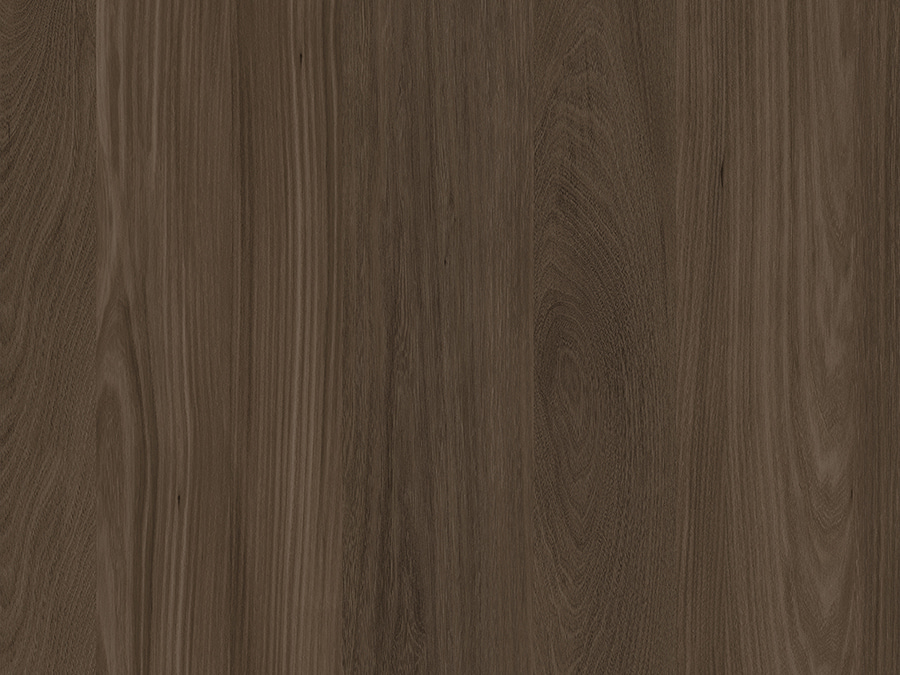The bonding process starts with choosing the right adhesive. The ideal adhesive for Elm Melamine Impregnated Paper is typically a heat-activated or pressure-sensitive type, depending on your application method. Heat-activated adhesives are often used in industrial applications where both heat and pressure can be applied simultaneously, ensuring an even distribution of adhesive and a solid bond. Pressure-sensitive adhesives, on the other hand, are ideal for situations where heat isn’t practical but you still need a strong, permanent bond. These adhesives provide the flexibility to position the paper before final pressing, making them a great choice for manual or small-scale operations.
Before applying the adhesive, proper preparation of both the paper and substrate is essential. The surface of the MDF or plywood must be clean, dry, and free of any dust, grease, or other contaminants that could interfere with adhesion. Sanding the surface lightly to create a smooth, even texture can also improve the adhesive's grip, ensuring that the Elm Melamine Impregnated Paper sticks firmly without peeling over time. For best results, the substrate should also be conditioned to an optimal moisture level to prevent issues with warping or bubbling during the bonding process.
Once the substrate is prepped, the next step is to apply the adhesive. For heat-activated adhesives, the application can be done using a roller or a spray system, ensuring an even coat across the surface. If you're using a pressure-sensitive adhesive, a uniform application can be achieved with a brush or roller, but it’s important to ensure that the adhesive is not too thick, as it can lead to air bubbles or uneven adhesion. After applying the adhesive, position the Elm Melamine Impregnated Paper on the substrate carefully, ensuring it is aligned properly. It’s important to handle the paper with care to avoid creases or wrinkles.

Now comes the critical part: the pressing. Depending on the type of adhesive you’ve chosen, you will need to apply either heat, pressure, or both to ensure a strong bond. If you are using a heat-activated adhesive, a hot press is typically used. The temperature and pressure should be carefully monitored to avoid damaging the paper or substrate. A common method is to apply pressure at around 120°C (248°F) for 30-60 seconds. If you’re working with a pressure-sensitive adhesive, a hydraulic press or a roller press can be used to ensure an even, smooth surface. The pressure should be sufficient to eliminate air pockets and achieve full contact between the paper and the substrate.
After pressing, it's crucial to allow the bonded materials to cool and set before handling. This ensures that the adhesive cures properly, and the bond strengthens. The cooling period can vary, but generally, you should allow at least 24 hours before the product is moved or used to ensure the adhesive has fully bonded.
Finally, finishing touches can be added once the Elm Melamine Impregnated Paper is securely bonded to the substrate. Trimming the edges for a clean, sharp finish is a simple yet effective way to improve the appearance of your final product. If the edges are rough, a fine sandpaper or edge banding can be used to create a seamless look.
Bonding Elm Melamine Impregnated Paper to MDF, plywood, or other substrates requires careful attention to detail, from selecting the right adhesive to applying proper heat and pressure. By following these steps and ensuring the substrate is properly prepped, you can achieve a strong, durable bond that not only enhances the appearance of your product but also contributes to its long-term performance. Whether you’re crafting furniture, cabinetry, or decorative panels, these techniques will help you ensure your Elm Melamine Impregnated Paper stays securely in place, giving you the perfect finish every time.


 English
English русский
русский











